TEXT AND PHOTOGRAPHS BY ARJUNVIR SINGH
Jalandhar, Punjab, India
It was in July 2018 when I, along with my batchmate, Rashi Sharma, started researching Khes, as a part of our Textile Design course, “The Khes Project“. The project began as a classroom project where students were supposed to work in pairs and research any one textile craft of India, preferably from their native place. Rashi and I decided to research the Khes weaving tradition of Punjab because we realised that whenever it comes to Punjab, people talk about Phulkari, Punjabi Jutti, Nada but not many people know about Khes. Rather, people don’t consider it a craft as important as, say, Phulkari, because it is seen as an everyday use object. There was nothing ‘special’ about it. So we took it up as the subject for our project to discover the story of this almost forgotten craft. As we went ahead and discovered things that we couldn’t have even imagined, we knew that this project was not going to end with that one college course. Both of us decided to take it ahead as our graduation projects in 2020, two different projects academically, presented to everyone else as a joint effort. While I worked with the story of the textile craft itself and its relation with the partition of the sub-continent, Rashi worked with the Partition narratives we collected during our research.
Khes is a cotton bedspread that was (in some cases still is) traditionally handwoven in Punjab, both western and eastern, and some parts of Sindh. Khes had multiple uses around the home, despite originally being meant to be used as a bedcover. When there were no mattresses available, a Khes was spread over a talai (a thin form of bedding) instead. It was also used as a shawl, a floor mat, and even as back support when sitting on the floor. It was mostly woven by the village weavers (the Julahas) and was later bought by the locals. But at the same time, it was also practiced as a home-based craft and a version of it was woven by the womenfolk. Khes was also an integral part of a bride’s trousseau. It is usually a heavy fabric, with the texture being quite coarse, imagine touching an Aida fabric that has been cross-stitched on. One can actually feel the yarn as all Khes pieces were made with low-count cotton yarns. The fabric is very sturdy and even in the pieces I discovered at my home, which were woven some eighty years ago, there is hardly any wear and tear.
As part of the project, we were on the lookout for a specific kind of Khes, known as ‘Majnu Khes’. Its double-weave fabric, a compound weave structure, always fascinated us as students of textile design. We came across a lot of articles that mentioned the name of the Khes, a few images, but nothing more than that. So it became a mystery that we were trying to figure out every passing day for those two months before our fieldwork started. Many of those articles that we read online mentioned that this Khes was still being made in Panipat. So when we were on the field meeting Khes weavers in various parts of Punjab, we made sure to visit Panipat in order to locate some traces of this ‘Majnu Khes’. But we found nothing. People didn’t even know about the name. Everyone told us that they heard the name for the first time. But right when we had given up all hopes of finding this Khes anywhere, my mother told me that my grandfather used to own this Khes which he never let anybody use, and it still might be in the old trunk in our storeroom. So she went and found out this particular Khes and showed it to me. I was in a state of complete shock and surprise. It was a little hard to believe that the fabric that I was looking for in all these different places in Punjab and Harayana, in the end, I found it at my own home. That fabric was a Majnu Khes.
Khes can broadly be categorised into three types based on the weave structures involved in the making of the fabric: Saada, Gumti and, Majnu. Out of the three, Majnu Khes was the most intricate as it is woven in a compound weave called ‘Double-cloth’. It then struck me was that this fabric, as my mother told me, was brought by my grandfather while he migrated from West Punjab to East Punjab, and hence, there has to be a Partition angle to this story. My grandfather’s name was Devinder Singh. His family belonged to Hafizabad, Gujranwala. During the time of Partition, he was 17 years old and had just completed his matriculation. He, along with his family, migrated from Hafizabad to Amritsar at a relative’s place and from there gradually settled in Jalandhar. I still remember that moment when I regretted not speaking to my grandfather about all these things while I could have. But the next best thing to do was to speak to his siblings, my grandaunts, and uncles. I spoke to them, and a couple more relatives and family friends. They all knew about ‘Majnu Khes’. All of them.
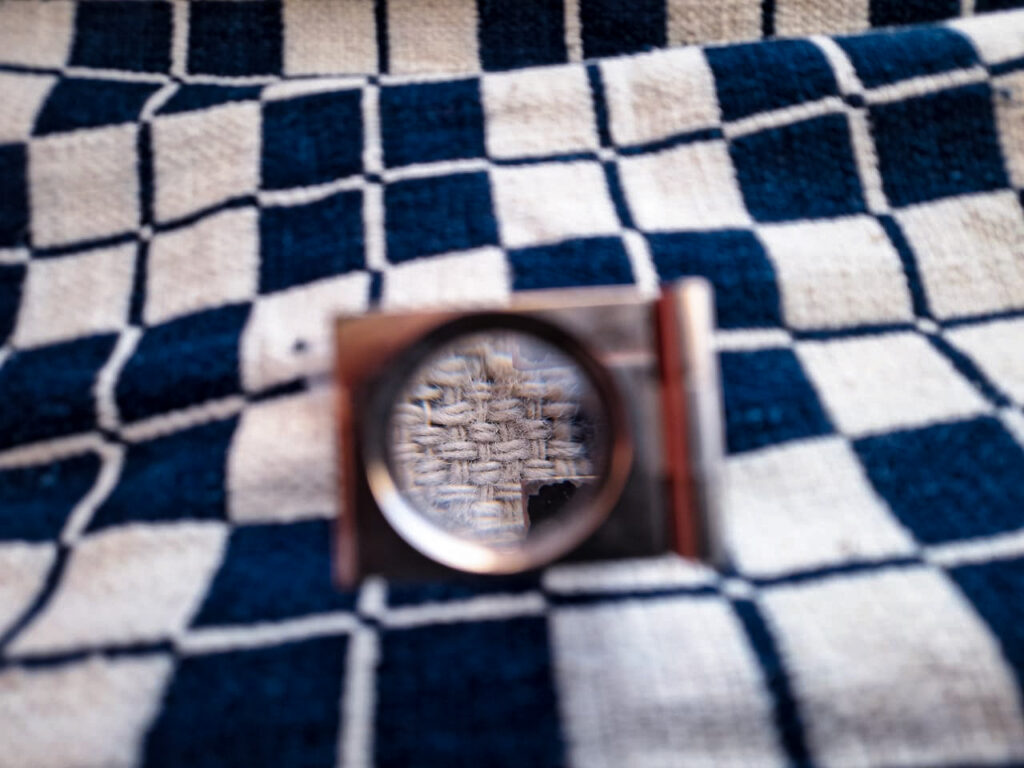
That is when we realised that Majnu is not being made in India, because to begin with, it was never made in the parts of Punjab which are now in India. This Khes was mostly woven in the western parts of Punjab and most of the weavers who made it were Muslims. After Partition most of them migrated to West Punjab and because of the new border, the exchange of this particular textile craft stopped. Whatever remains of this craft in India, are those select few pieces that were brought by people who migrated back in 1947, from West Punjab to East Punjab. Today, no one in East Punjab knows how to weave Majnu Khes. Majnu is still being woven in Pakistan. Two places where I am very sure it is still being done currently are Multan and Bhera, but it is happening only on power looms. The weavers there are traditional Khes weavers but they have now shifted to power looms.
As far as I know, Khes is a craft that was and is only practiced in India and Pakistan, one can spot similar looking fabrics in a lot of places but they are not Khes, it’s just that after a point fabrics woven using the same technique end up looking similar because of the limitations of the technique. For example, the tartans of Scotland look very similar to Saada Khes because at the end of the day they are both plaids.
This particular Khes that I am talking about here, is special to me for a few reasons. One, it was the first Majnu I located. Two, it was the most simple and basic of all the Majnu pieces I documented in my three years of research. And three, because it was that one piece my grandfather cared about a lot. I don’t know why and sadly, I never will. This khes is huge. For the first time in my life, I have seen a Khes that is five metres in length! There is no clear reason as to why these old pieces were double in length, but some elders told us that sometimes people just used the same fabric to cover themselves and the bed as well. Or it was just that that was how the weavers used to weave back then, in most of the cases these 5 metre long Khes pieces were cut into half by the consumers for easy maintenance.
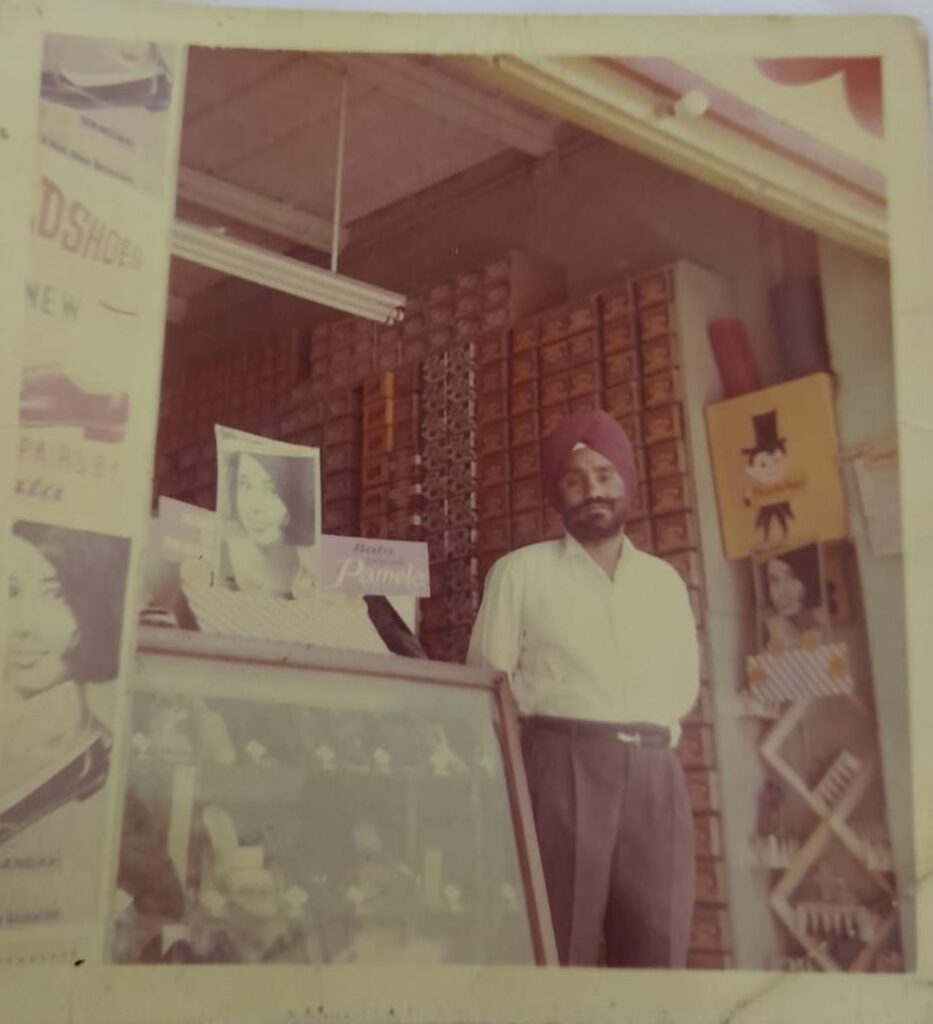
During the course of my thesis, Rashi and I interviewed my grandaunt, my grandfather’s younger sibling and she had the following to say about Khes in general. “My mother used to say she had a minimum of hundred Khes pieces. All that we could get with us was divided amongst the five siblings. I have six to seven right now with me. I think I have even given one of them to my grandson. They were all double in length from what you see now, I cut them from the centre so that they could be spread on a double bed.” She spread all her Khes pieces on all the beds in her home and continues to use them to date. Astonishing how these pieces of textile, woven many decades ago, are still in perfect condition. She continued saying, “We had just got some clothes with us. And we got these Khes pieces because we thought we might need them to cover ourselves up in the nights or spread under ourselves if there was no mattress available. Our mother kept them safe and then gave them off to me and my sister during our respective marriages as dowry. We had a lot of them back at home. But they were all left behind in Pakistan. We had kept them safe in cabinets before leaving, thinking that we’ll take them out when we come back. Everything was left behind, sab reh geya othe hi…” All that now remains with her are these beautiful yellow and blue Majnus.
There are ofcourse speculations I can make as to why my grandfather brought this particular Khes with him. It is possible that the yarn for this Khes was spun at home by his mother and hence, it held a great importance for him. Maybe he saw it as the remnant of a lost home. Similarly, this Khes, for me, will always be his memory and the memory of a home I never saw, a land he used to call home, a place I wish to visit at least once in my life, in a physical form. This Khes is my only connection to a home that could have been.
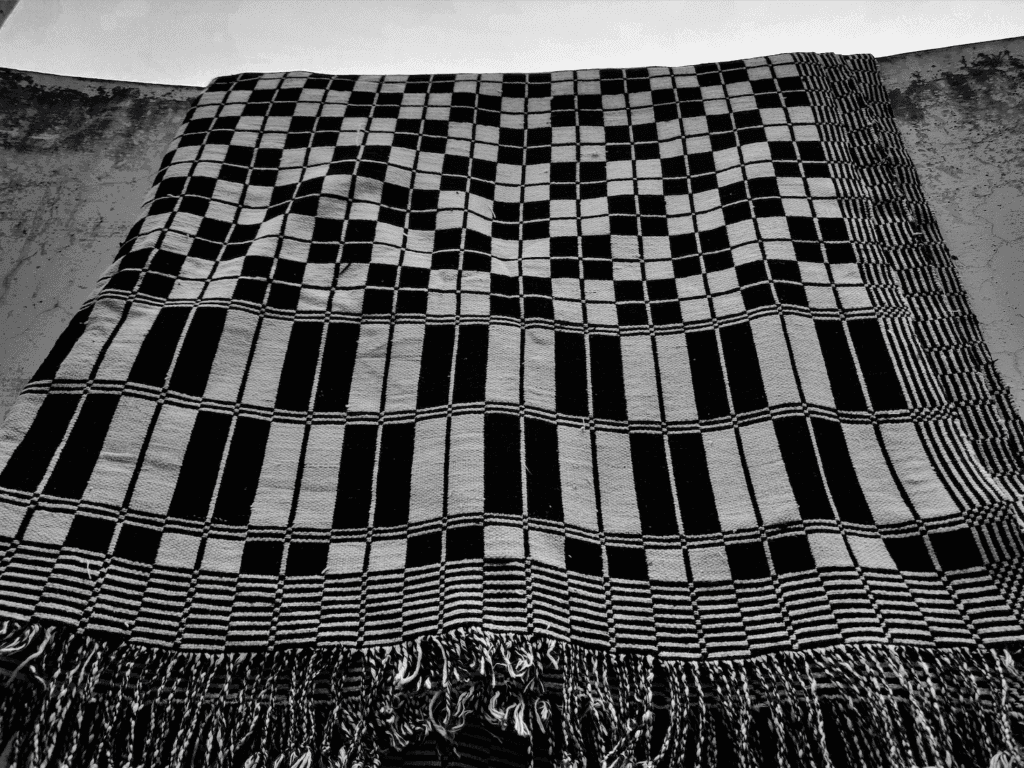
You have seen it all
the land of five rivers
in its entirety
and in its ravaged halves.
you have seen
peace and harmony,
and violence and bloodlust.
you have seen
love,
both in the hands of
muslim weavers and sikh mothers.
you have seen
mothers,
packing you into trousseaus
and fathers,
packing households into you.
you have seen
the bleeding wounds of ’47,
and the scars fading away.
you have seen
people born in one house,
growing old in another.
you have seen
four generations of a family,
growing old around you.
you have seen
the darkness of tin trunks,
and the dirt in the storerooms.
you have seen
fear, anger,
love and loss.
Astonishing
how you
have witnessed it all.
how a piece of fabric
that was born
on the looms of west punjab,
and lives
in the homes of east punjab,
has endured much more
than any human being
ever could.
– the witness

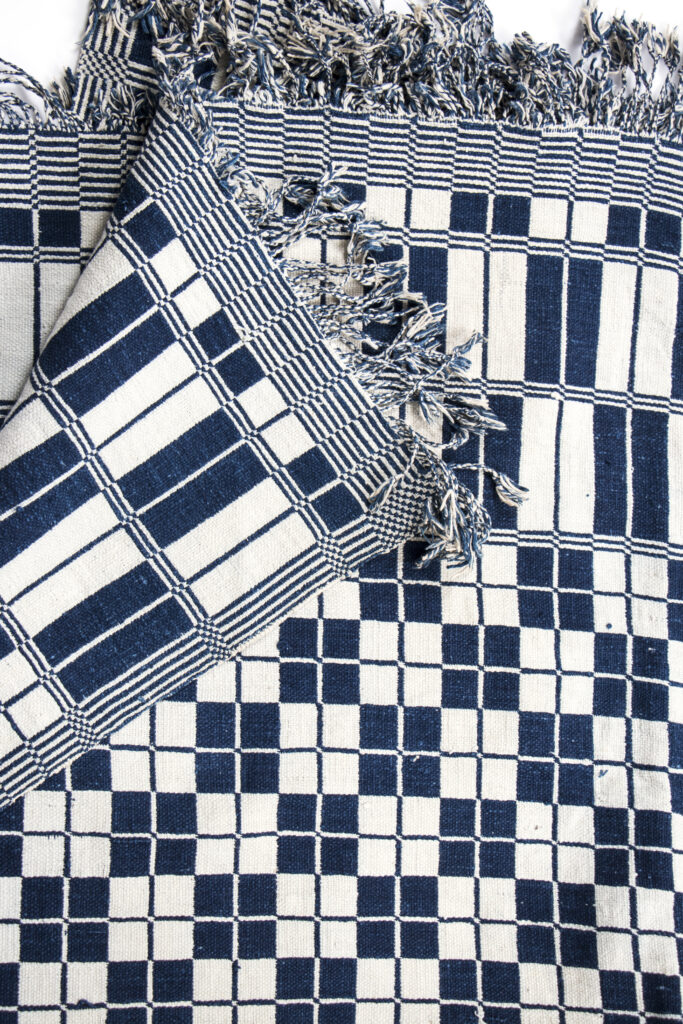
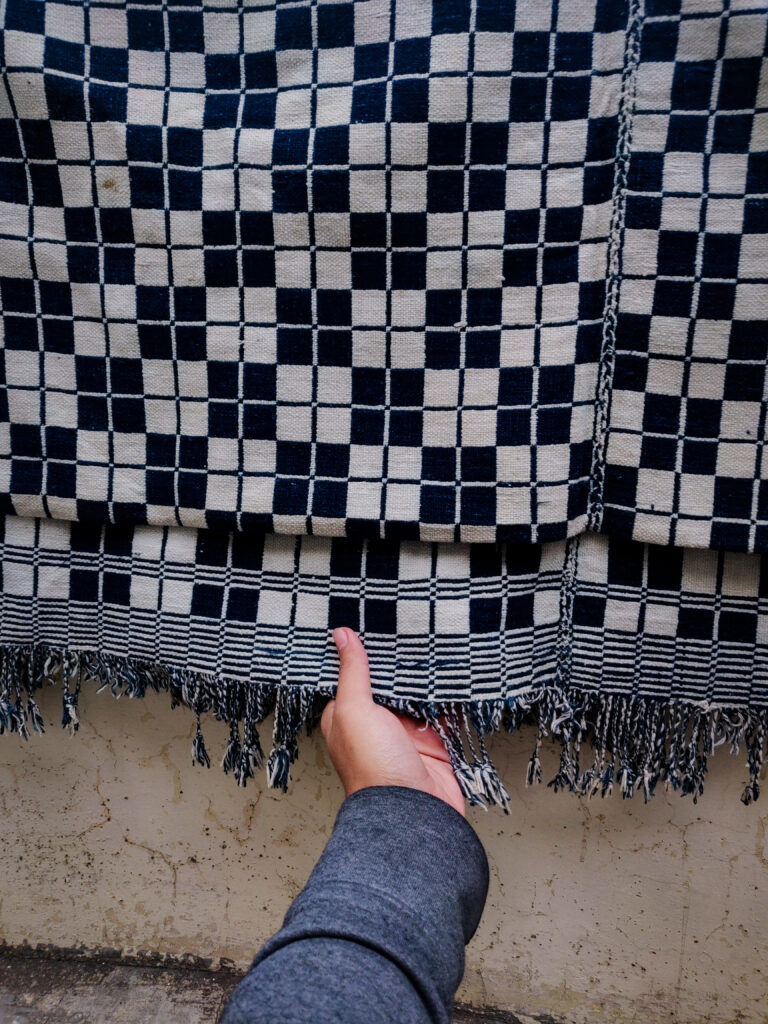
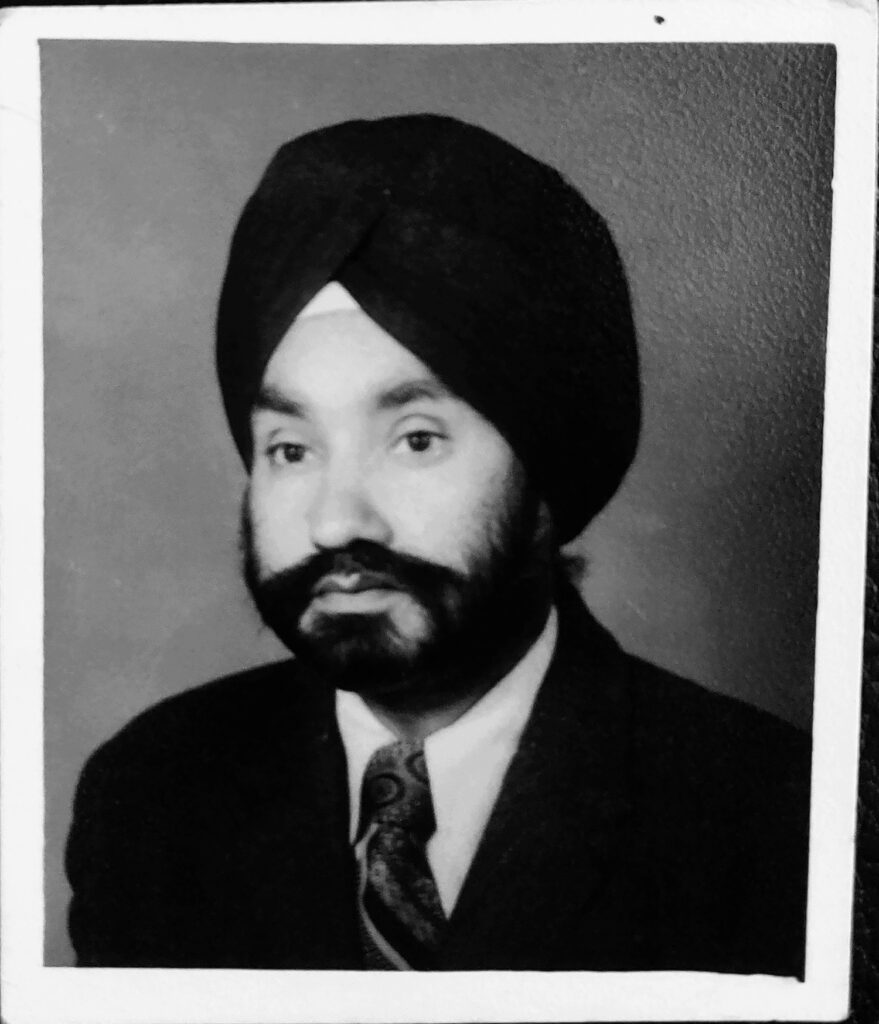
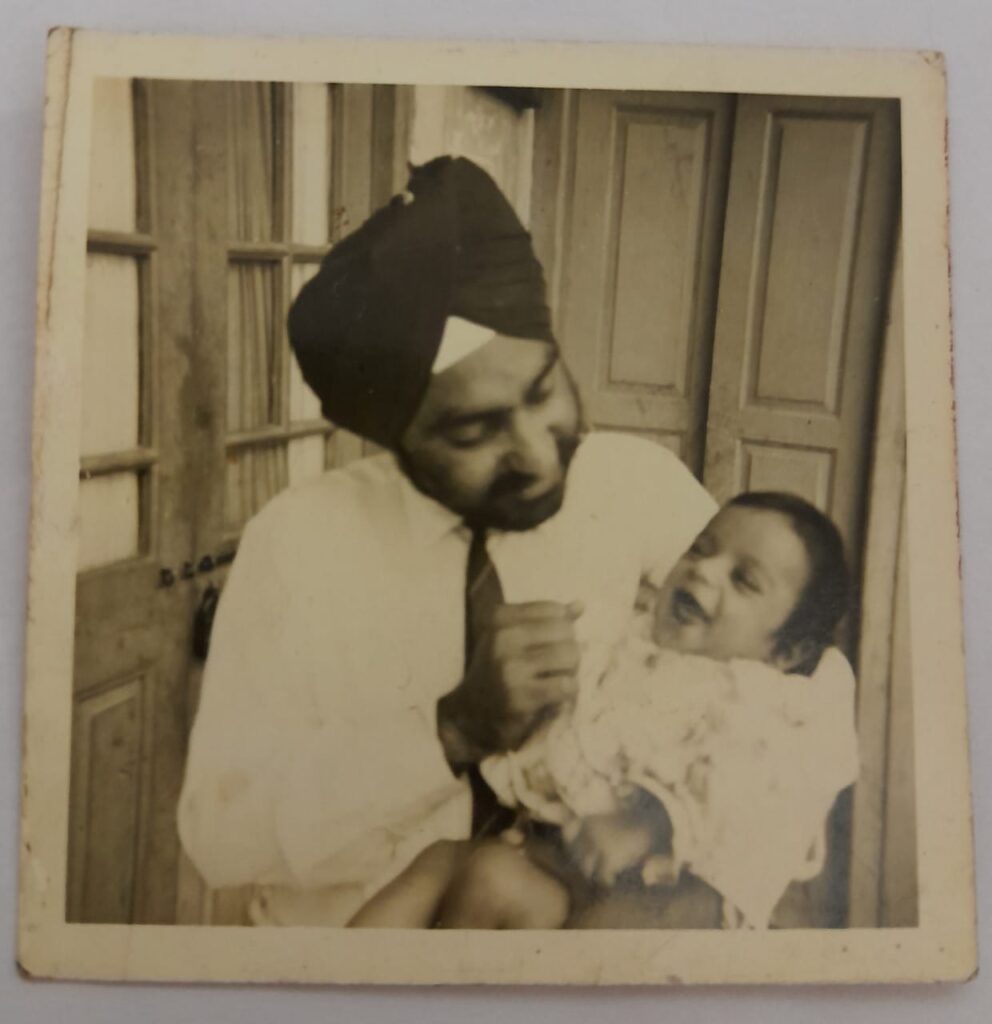
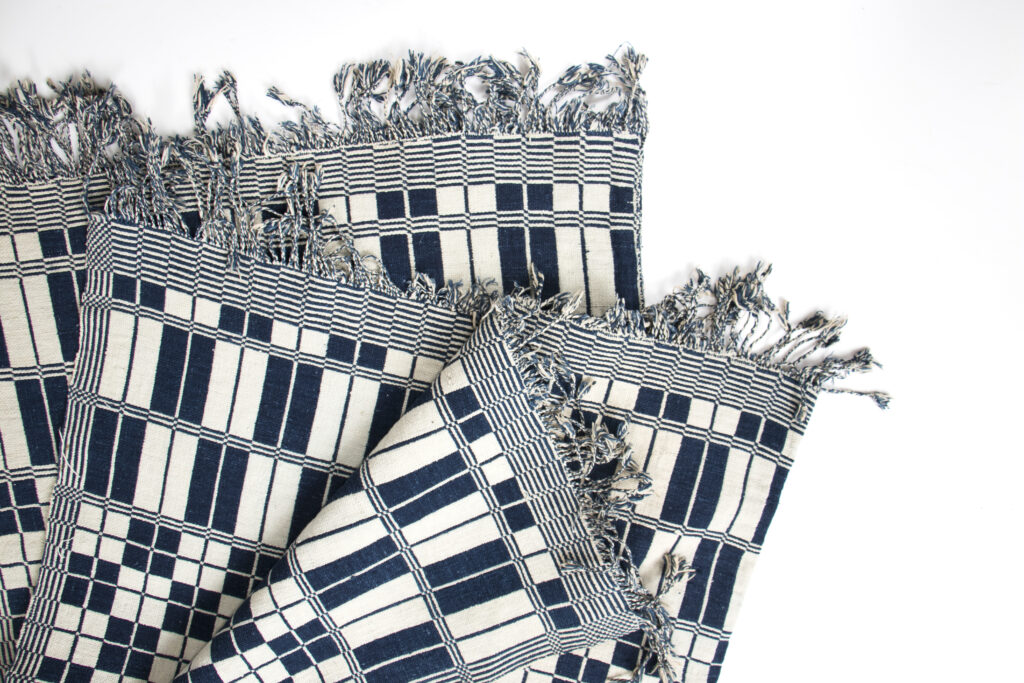
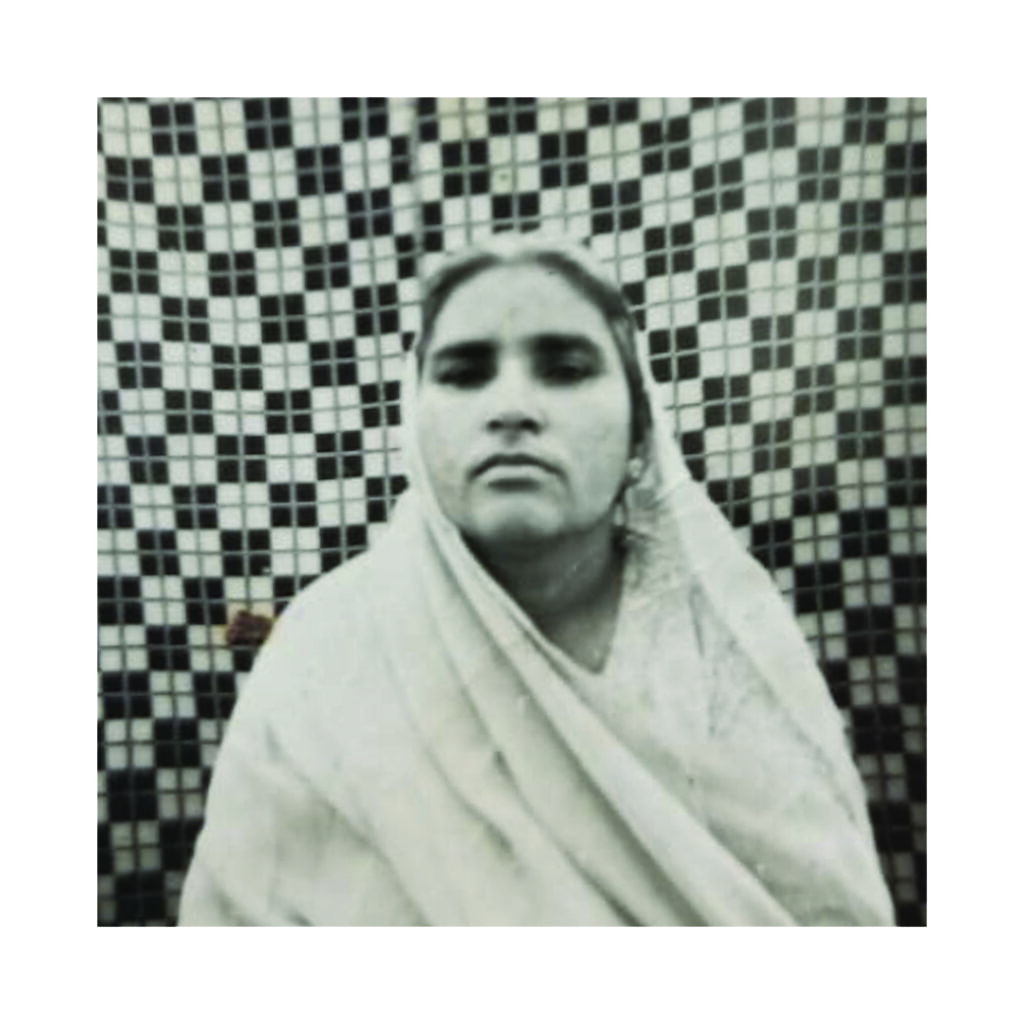
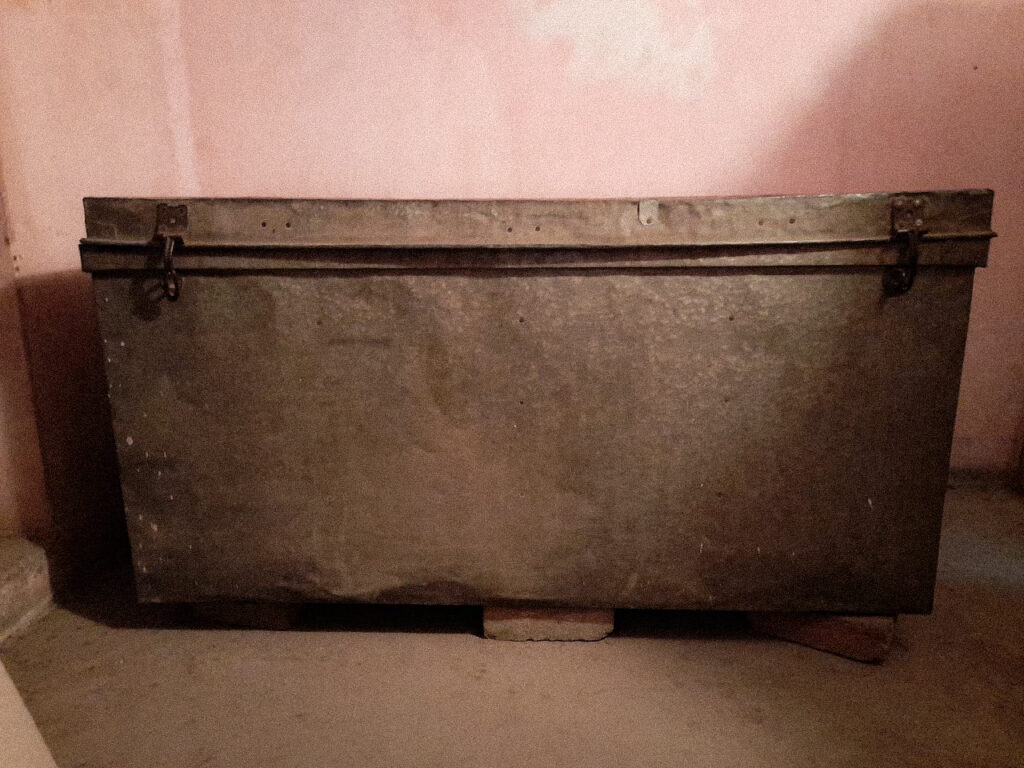
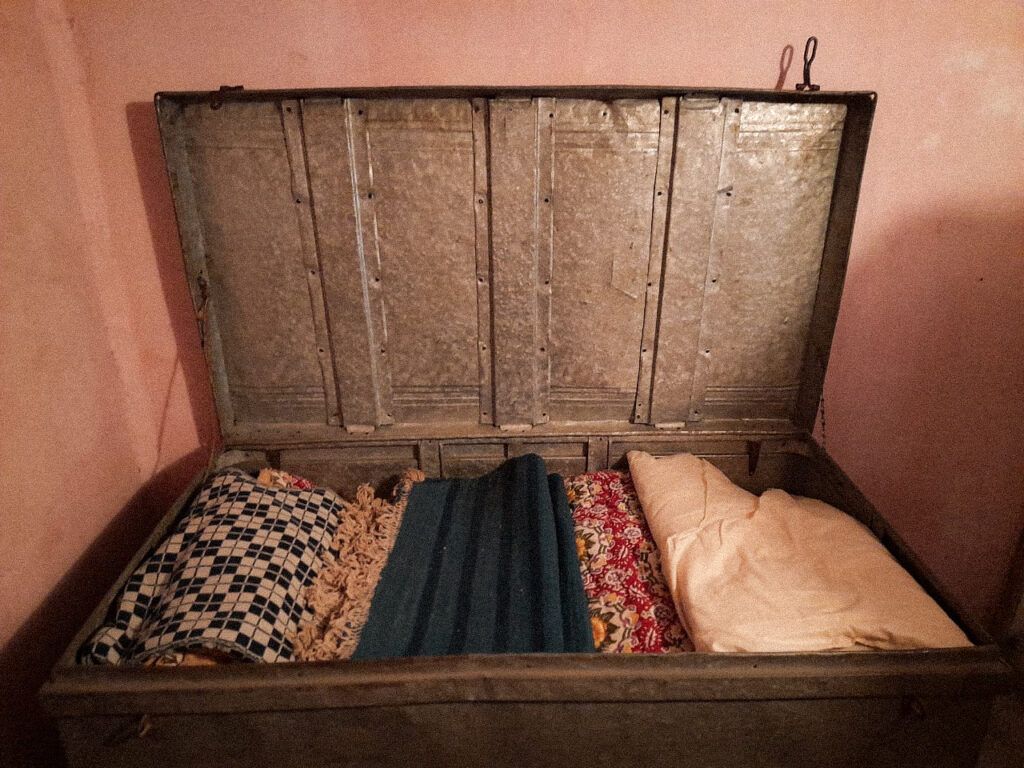
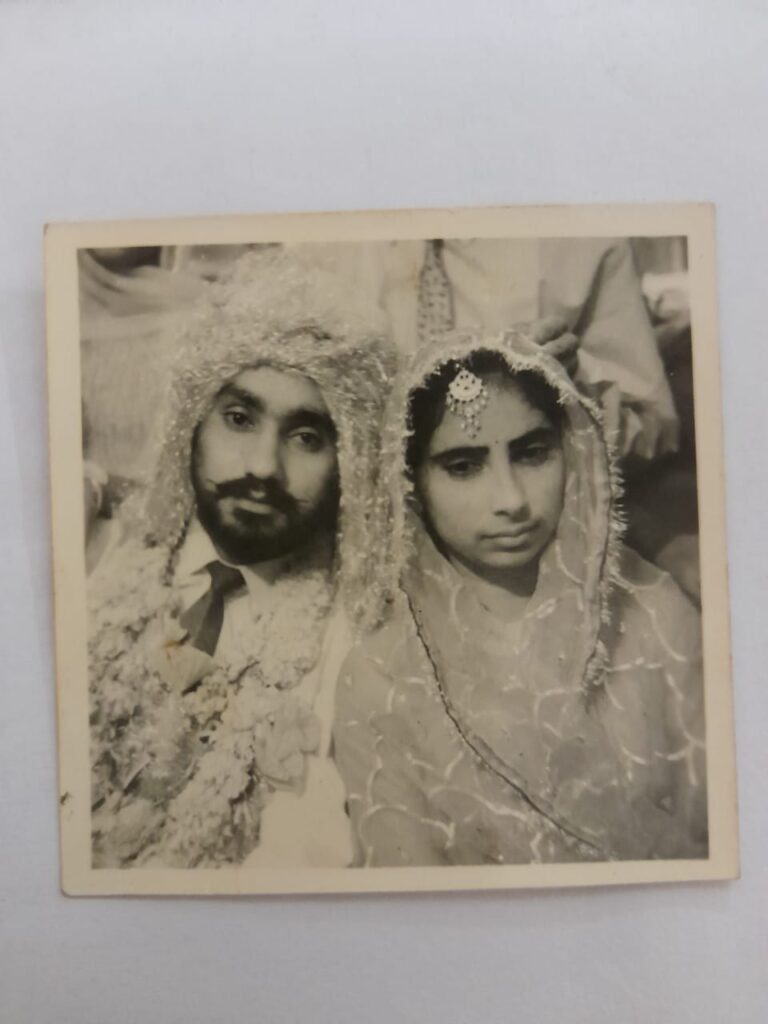
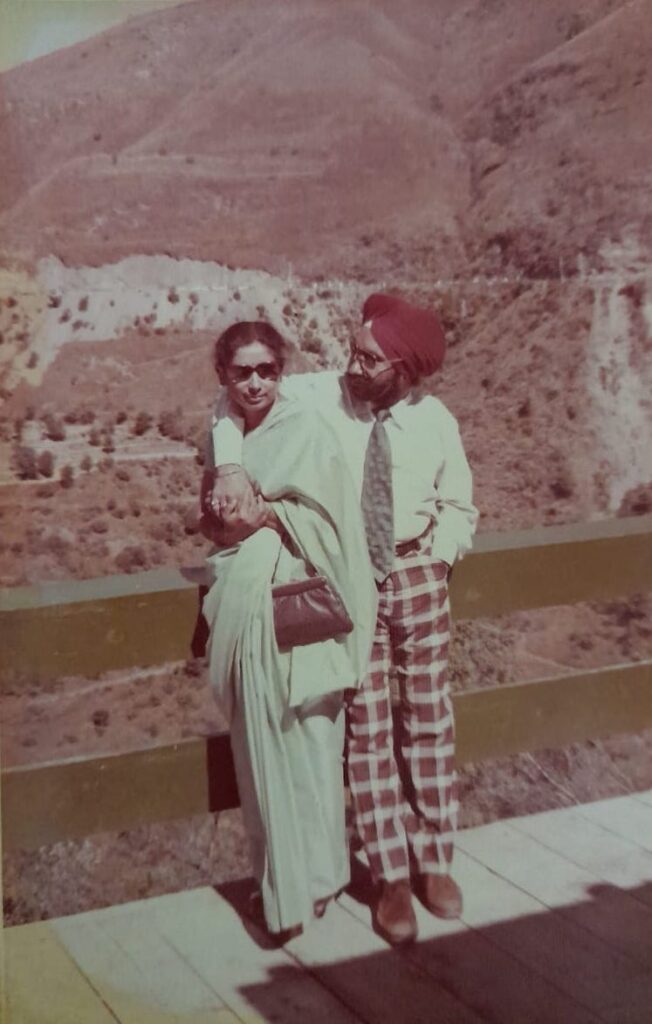
I was absolutely fascinated by the story of the Khes. So much information and shared so beautifully. I am glad you found yur grandfather’s khes. I wonder why it was called Majnu khes though.
Thank you again for a riveting piece of history.
Dear Pankaja,
Thank you for going through the article and sharing your thoughts. There is no concrete evidence why this particular type of Khes was called Majnu Khes. But, having said that, Krishna Amin Patel and Lotika Varadarajan present speculation in their book, ‘Of Fibre and Loom’, that it is probably because this Khes was first woven in Multan, and it was named ‘Majnu’ because Multan is supposed to be of great geographical importance in the story of Laila-Majnu.
Best,
Arjun
Hi … wonderful article. I really want to visit this cluster as a part of my study too… can we get in touch.
Thanks
Hi I’m Sazal Jain from Indian institute of craft and design, Jaipur. I along with my two friends recently went to Punjab for our craft documentation on Phulkari and khes weaving. We are currently doing our secondary research on khes weaving and we also didn’t got to know about Majnu khes of double warp woven fabric in punjab. We went to the organisation KVM (Kheti virasat mission) for our primary research, we understood the whole process and we appreciate the work that organisation is doing but they didn’t knew about the Majnu khes which immediately grabbed my attention after reading your document, we as design students wants to learn and know more about this lost weaving tradition. It would be great if you can help us to know more about this craft and tradition. This document on khes weaving helped us alot. Thankyou.